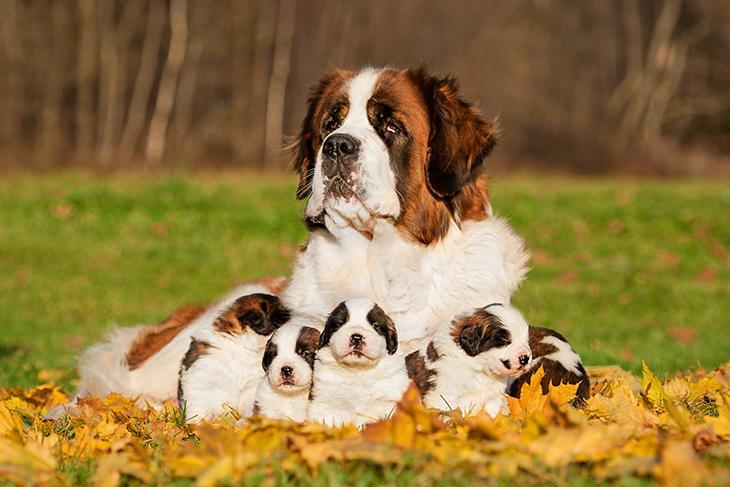Responsible dog breeding goes beyond simply allowing two dogs to mate. Dog breeding requires a deep understanding of canine health, genetics, and temperament. The process involves the intentional reproduction of specific dogs to produce puppies with desired characteristics. Breeders strive to maintain or improve the breed standard, which outlines the physical and temperamental qualities that define a particular dog breed.
The Breeding Process
Effective and responsible dog breeding requires careful planning and supervision. Breeders must understand the female dog’s reproductive cycle to determine the best breeding window. They need to select a suitable mate that complements the strengths and weaknesses of a prospective mother. Breeders must also provide exceptional care for the mother and her puppies throughout pregnancy and birth. This care may include veterinary consultations, nutritional support, and creating a clean and safe whelping environment.

Progesterone Testing
When breeding animals, knowing the right time for conception is crucial. Progesterone, a hormone present in females, helps pinpoint a female dog’s ovulation. By testing progesterone levels, breeders can determine the ideal time for a dog to breed. This testing can start as early as five days into the female's heat cycle.
Artificial Insemination
Animals sometimes refuse to mate naturally. When two ideal candidates show no interest in breeding, artificial insemination may be necessary. There are two main methods of artificial insemination used in dogs: surgical insemination and transcervical insemination (TCI). In surgical insemination, the female must be sedated. TCI is generally easier on dogs, since there's no need for anesthesia.
Artificial insemination using TCI has some additional benefits. It's safer for the female, carrying less risk for complications like trauma or infection. It is also an outpatient procedure. Artificial insemination leads to many successful pregnancies, and is used by dog breeders across the country.
Contact Your Veterinarian to Learn More about Dog Breeding Today
Consulting with your veterinarian is essential if you are considering breeding your dog. They can guide you on genetic testing, pre-breeding health checks, and responsible practices. Contact your veterinarian for help navigating the whelping process and to ensure the well-being of your breeding dogs and their puppies.